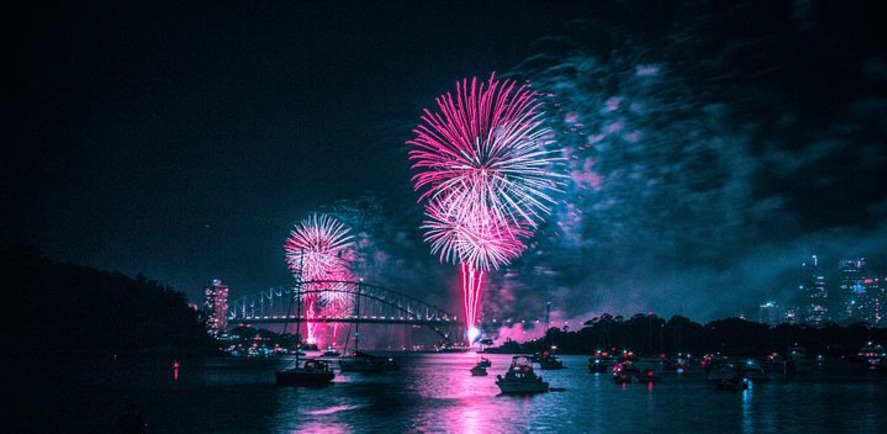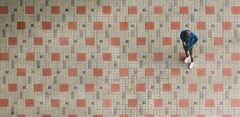Whether or not you get a kiss on New Year’s Eve, it’s always a guarantee to start the new year off with a bang with a fireworks display. This seemingly ubiquitous tradition has become a startling visual reminder of shedding off the old year and starting anew. Everyone loves a chance to start a new chapter in life. Nothing symbolizes a fresh start like a countdown, a celebration, and a dizzying display of fire and lights in the sky. Let’s find out more about new year’s eve and day in this article.
Why do we ring in the new year with fireworks? What is the origin of fireworks and what do they symbolize? How has this worldwide phenomenon come to be? Let’s find out more about new year’s eve and day, and their traditions, in this article.
Origins of Fireworks
Although gunpowder has been around for over 2000 years, fireworks are a much more modern invention, with the first primitive fireworks display being held in 1486 to commemorate Henry VII’s (first of the Tudor’s) wedding day. Many improvements on Chinese gunpowder over the years have given us our modern fireworks, most notably pyrotechnic improvements in the 1830’s in Italy which incorporated trace amounts of metals and other additives which created the brilliant, multihued flashs, sparks and bursts we enjoy today. Most fireworks before this modern advancements were based more on sound and less on display
To understand why we have fireworks displays during New Year’s Eve we must go back to ancient China, to around 200BC, where the Chinese would roast bamboo shoots which would explode due to empty air pockets and thus ward off evil spirits. Yes, even ghosts are afraid of loud noises! Several hundred years later, sometime around 600-900AD, Chinese alchemists (perhaps attempting to discover an elixir for immortality) stumbled upon a volatile mixture of charcoal, sulphur, saltpeter (potassium nitrate, then used as a common cooking seasoning) and other ingredients to form an early type of gunpowder. They would then stuff this potent mixture into those bamboo shoots, throw them into a fire and produce a deafening bang. Firecrackers remain popular throughout Asia and beyond, not only to ward off evil spirits but to celebrate the New Year, and to annoy your neighbours.
Fireworks Bans
These days most countries have fireworks on New Year’s to celebrate, although many cities and municipalities have banned the use of fireworks for several reasons, including:
Thousands of injuries every year, primarily younger people and teens. Fireworks can be very unsafe if used improperly and have resulted in deaths.
Property damage: fireworks cause a lot of property damage resulting in millions of dollars in damages and many large forest fires.
Fireworks frighten animals: many pets including primarily dogs are traumatized each year by the loud explosions.
Fireworks and New Year's Eve celebrations have become synonymous. an annual tradition of lights in the sky which began in China as primitive bamboo shoots have now become glorious displays of opulence and grandeur. Nothing says ringing in the New Year fresh with possibilities like a dazzling fireworks display.
Fireworks by the Numbers
- Americans use about 270 million pounds of fireworks each year
- Safety regulations have decreased injury by 56% since 2000
- An average of 20,000 fires are reported each year from fireworks
- Covid has caused a major spike in sales, as people are staying home and doing it themselves






